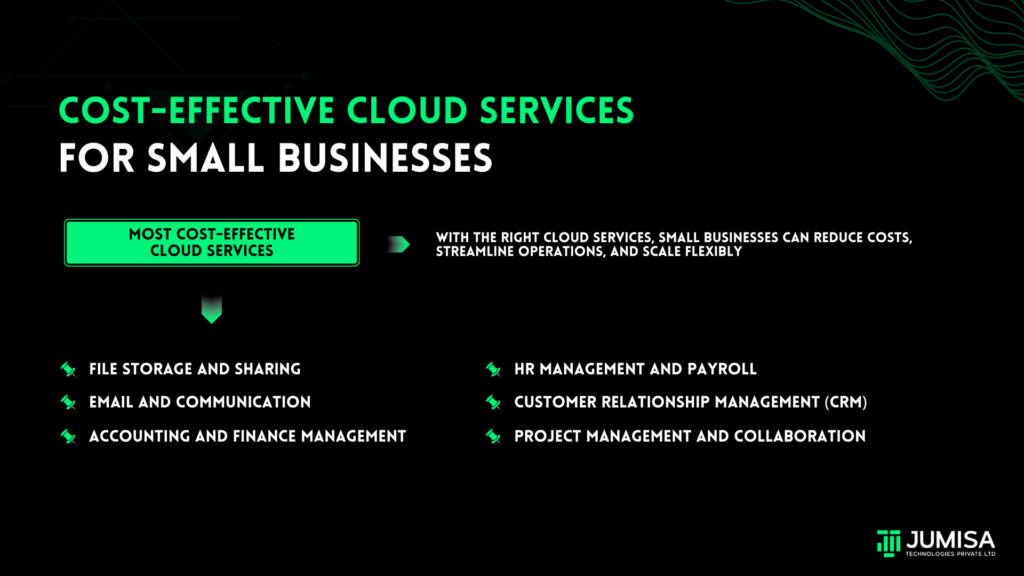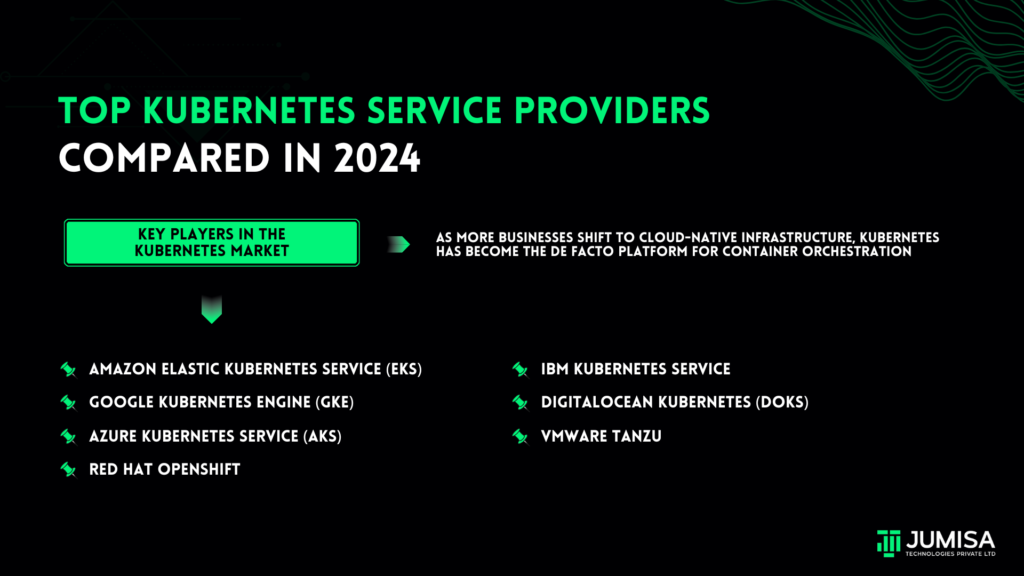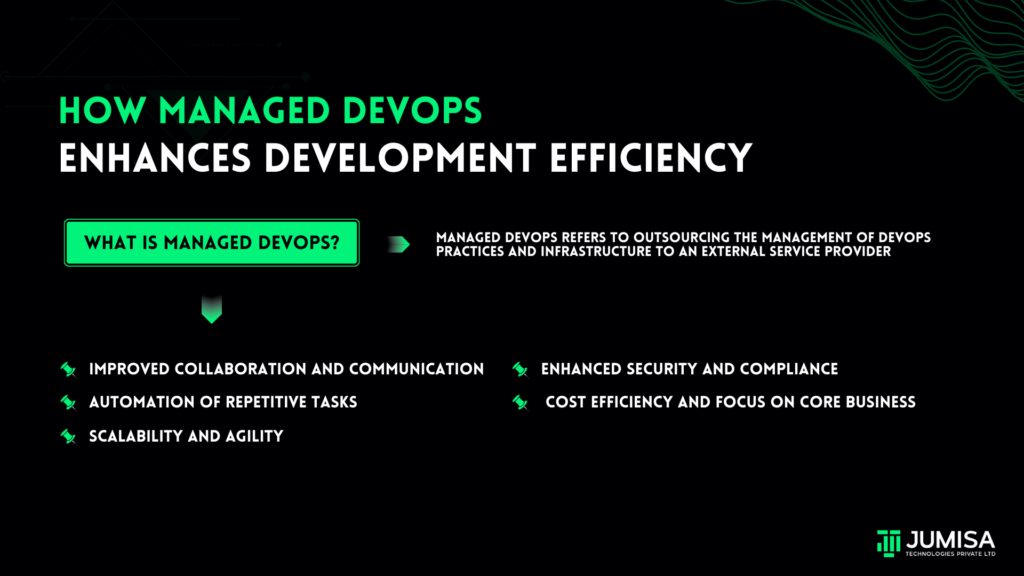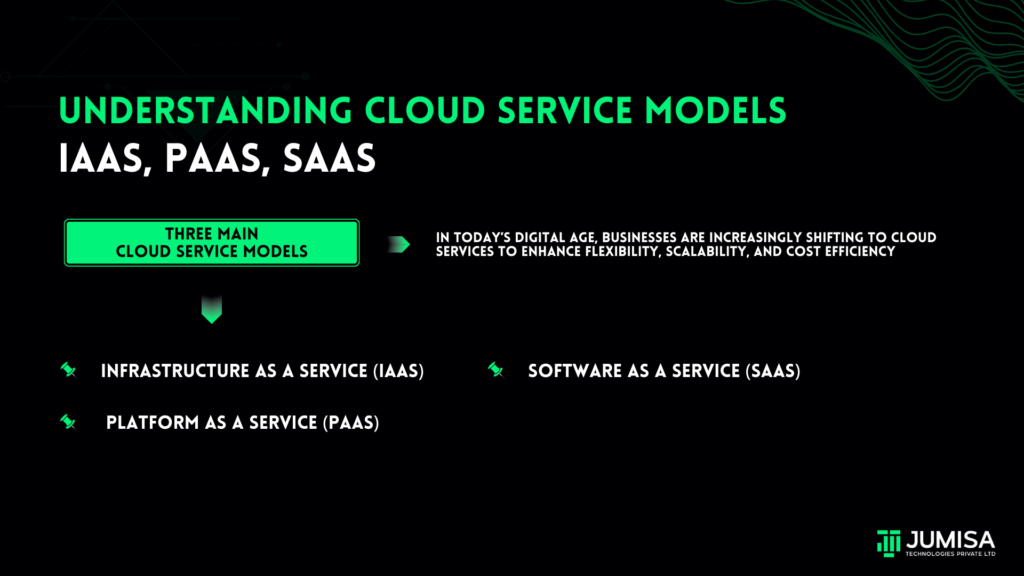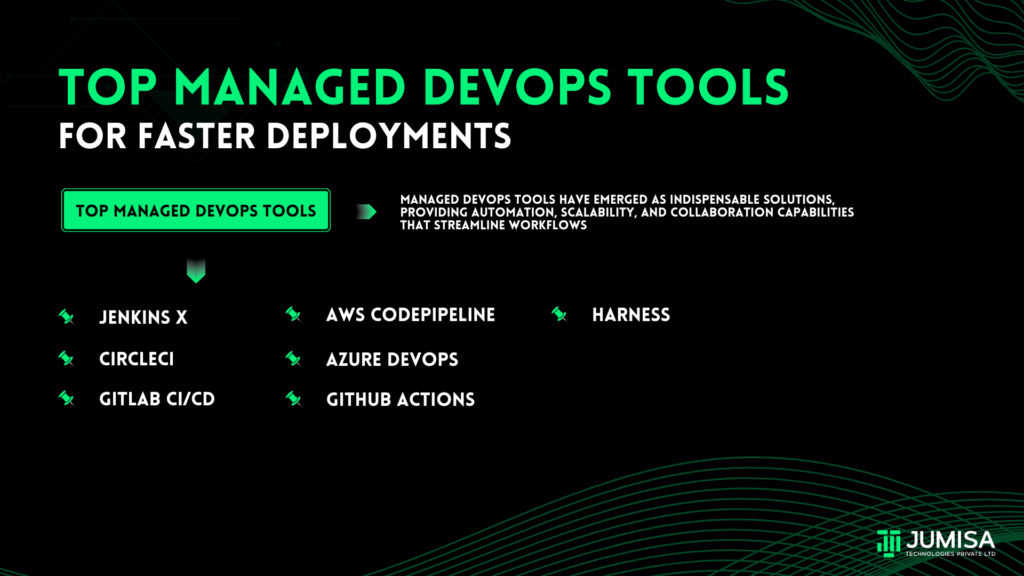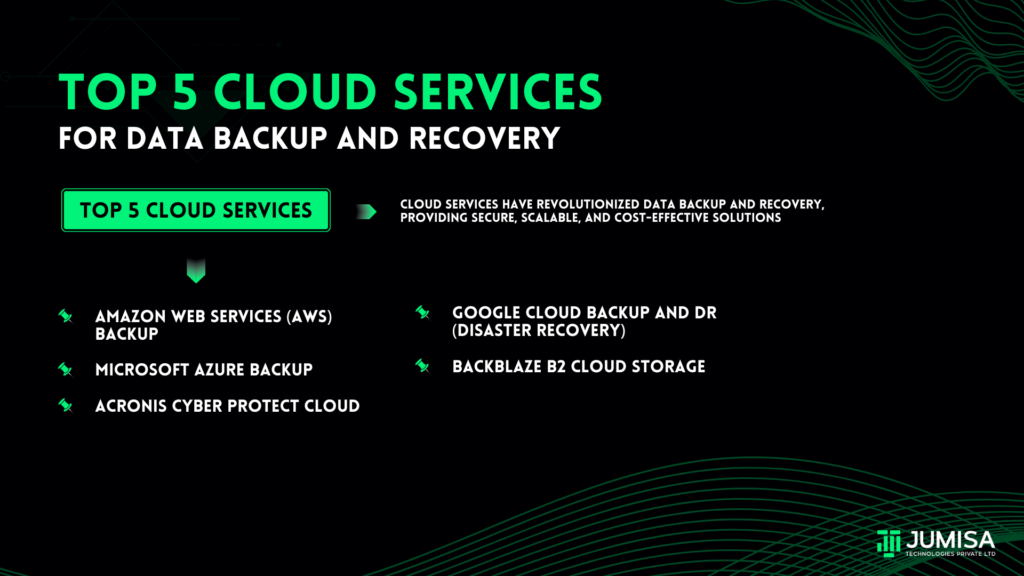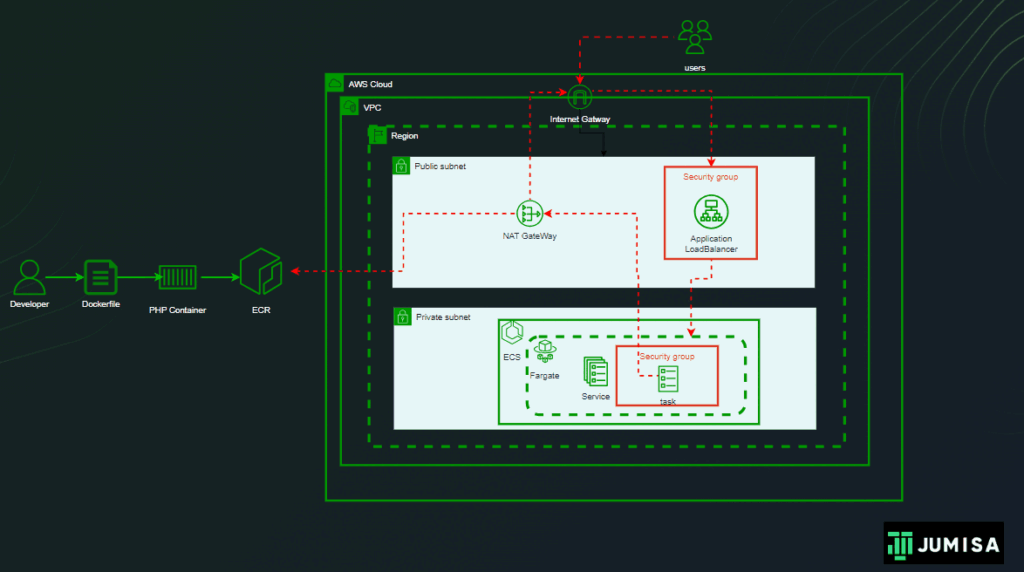
Use Case:
An organisation experienced seasonal fluctuations in website traffic, with peak periods during holidays and special promotions. During these peak times, they often provisioned additional resources to handle the increased load, resulting in higher AWS costs. However, outside of peak periods, many of these resources needed to be utilized, leading to unnecessary expenses.
Solution:
To address this challenge, the company implemented cost-optimization strategies
- Auto Scaling: They configured Auto Scaling groups for their web servers and application servers to automatically adjust the number of instances based on demand. During peak periods, Auto Scaling automatically provisions additional instances to handle increased traffic, while scaling down during off-peak times to reduce costs.
- Spot Instances: Company ABC leveraged Spot Instances for non-critical workloads, such as batch processing and data analysis tasks. Spot Instances allow them to purchase spare EC2 capacity at significantly reduced prices, enabling them to achieve cost savings of up to 90% compared to On-Demand instances.
- Reserved Instances (RIs): For workloads with predictable usage patterns, such as their database servers and core application services, Company ABC purchased Reserved Instances to benefit from discounted hourly rates compared to On-Demand pricing. By committing to usage over a specific term, they were able to achieve substantial cost savings.
- Rightsizing: They regularly analyzed their resource utilization using AWS Cost Explorer and AWS Trusted Advisor to identify instances that were over-provisioned or underutilized. By rightsizing their instances based on actual usage patterns, they were able to optimize performance while reducing costs.
Optimize Costs in AWS: A Practical Guide for Cloud Financial Management
In the dynamic landscape of cloud computing, optimizing costs in AWS is paramount for efficient and sustainable operations.
Here’s a practical guide for cloud financial management:
- Resource Tagging: Implementing a tagging strategy involves assigning metadata to AWS resources such as EC2 instances, S3 buckets, and RDS databases. Tags can include information like environment (production, development), project name, department, owner, and cost center. With well-defined tags, you can track resource usage more accurately, allocate costs effectively, and identify opportunities for optimization.
- Right-Sizing Instances: Right-sizing involves selecting the most cost-effective instance types based on your application’s performance requirements. AWS provides tools like AWS Cost Explorer and AWS Trusted Advisor to analyze instance utilization metrics such as CPU, memory, and network usage. By identifying over-provisioned instances (where resources are underutilized) and under-provisioned instances (where resources are maxed out), you can adjust instance types or sizes to match your workload demands more closely, thereby optimizing costs.
- Reserved Instances (RIs): Reserved Instances offer significant cost savings compared to On-Demand pricing, making them a valuable investment for predictable workloads. RIs require an upfront commitment for a specified term (one or three years) but provide a lower hourly rate in return. AWS Cost Explorer can help you analyze your usage patterns and identify opportunities to purchase RIs, maximizing savings while minimizing unused capacity.
- Spot Instances: Spot Instances allow you to bid on spare AWS capacity at significantly reduced prices, making them ideal for workloads that are flexible and fault-tolerant. However, since Spot Instances can be interrupted with short notice if the spot price exceeds your bid, they are not suitable for mission-critical or time-sensitive applications. By strategically using Spot Instances for tasks like batch processing, data analysis, and testing, you can achieve substantial cost savings.
- Auto Scaling and Load Balancing: Auto Scaling groups automatically adjust the number of EC2 instances in response to changing demand, ensuring that you have the right capacity to handle traffic spikes while minimizing costs during periods of low activity. Load balancers distribute incoming traffic across multiple instances, improving fault tolerance and scalability. By combining Auto Scaling with load balancing, you can optimize resource utilization, improve application performance, and reduce costs by scaling resources up or down dynamically based on demand.
- Storage Optimization: AWS offers a variety of storage classes optimized for different use cases, each with its own pricing model. By tiering your data storage appropriately based on access frequency, durability, and retrieval time, you can minimize storage costs while ensuring data availability and durability. Lifecycle policies automate the transition of data between storage classes, moving infrequently accessed data to lower-cost tiers like Amazon S3 Glacier or S3 Intelligent Tiering.
- Monitoring and Optimization Tools: AWS provides several tools and services to help you monitor, analyze, and optimize your cloud costs. AWS Cost Explorer offers comprehensive cost management and visualization capabilities, allowing you to analyze your spending patterns, forecast future costs, and identify areas for optimization. AWS Budgets enables you to set custom budgets and receive alerts when your actual spending exceeds predefined thresholds. AWS Trusted Advisor provides personalized recommendations for optimizing your AWS infrastructure across cost, performance, security, and fault tolerance dimensions.
- Continuous Optimization: Cloud cost optimization is an ongoing process that requires regular monitoring, analysis, and adjustment. By continuously reviewing your cost allocation reports, monitoring cost trends, and refining your optimization strategies based on changing business requirements and usage patterns, you can ensure long-term cost efficiency and maximize the value of your AWS investments. Regularly reassess your tagging strategy, review your Reserved Instance coverage, and explore new cost optimization opportunities as AWS introduces new features and services.
By incorporating these best practices into your AWS cost optimization strategy, you can effectively manage your cloud costs, maximize cost savings, and optimize the value of your AWS deployments.

